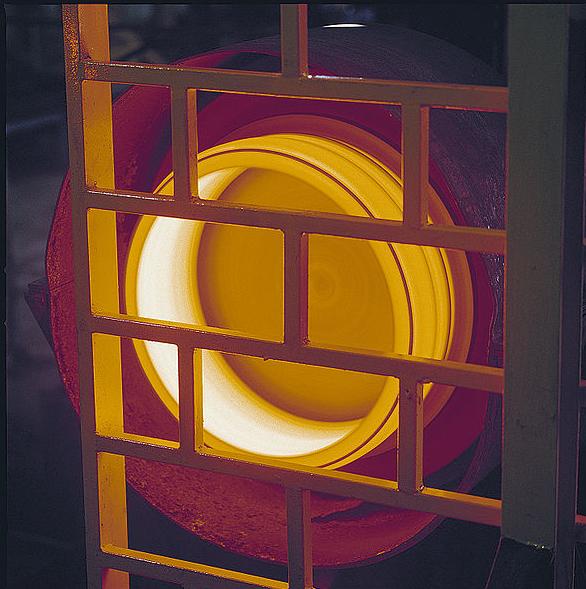In centrifugal casting process, the tubular and axi-symetric components are produced by revolving the mold at high speed (300-3000 rpm) about its own axis while pouring the molten metal into the mold cavity.

Image source: wiki
Level of surface finish achieved: 3.2-0.40 micro meters
Advantages:
– Low tooling costs
– Very less wastage.
Disadvantages:
– Lower mechanical strength.
Ideal applications: Suitable for manufacturing cylinders, liners, sleeve valves, flywheels made up of iron, steel, glass, aluminum, copper and nickel.
Hi, I am Shibashis, a blogger by passion and an engineer by profession. I have written most of the articles for mechGuru.com. For more than a decades i am closely associated with the engineering design/manufacturing simulation technologies. I am a self taught code hobbyist, presently in love with Python (Open CV / ML / Data Science /AWS -3000+ lines, 400+ hrs. )

Animation of centrifugal casting process http://www.gibsoncentritech.co.uk/animation.htm